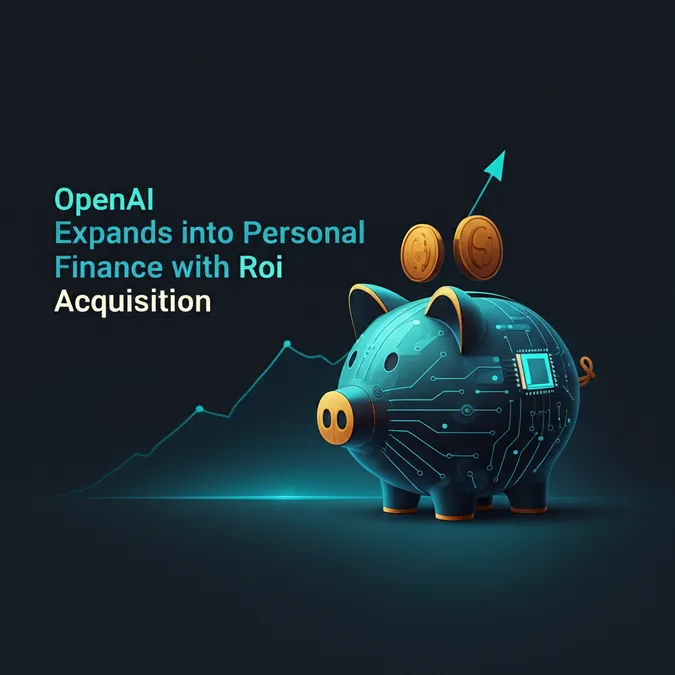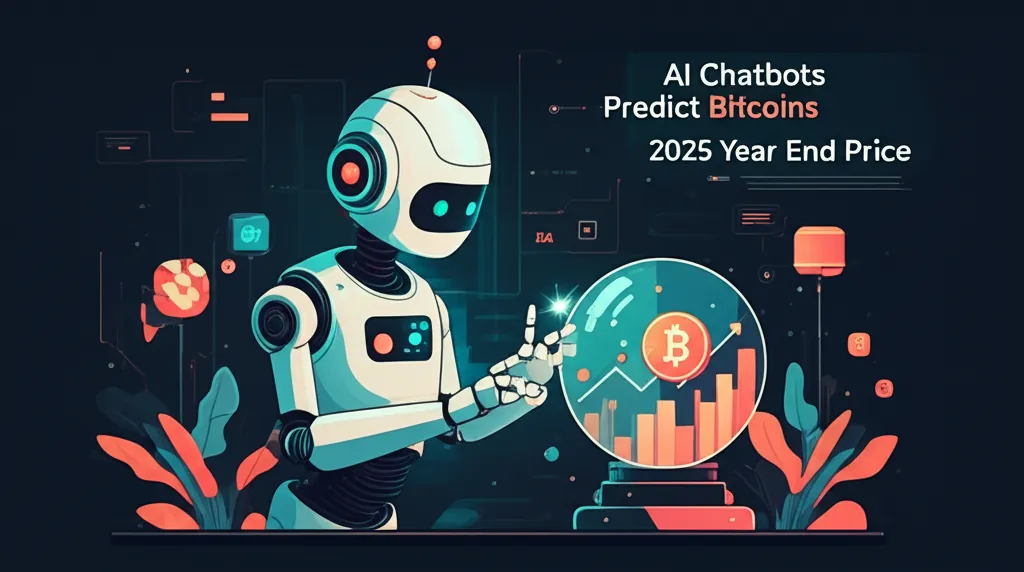OpenAI Supercharges ChatGPT Codex for Developers
OpenAI has officially launched GPT-5 Codex, a specialized version of its next-generation model fine-tuned specifically for coding and software development workflows. This isn't just an incremental update; it's a fundamental shift in how developers can interact with AI. Moving beyond simple prompt-and-response, GPT-5 Codex is engineered to be a flexible partner, capable of working interactively on small tasks or operating autonomously on complex, long-running jobs.
The model has been trained on a vast array of real-world software engineering tasks. This enables it to handle everything from starting a new project from the ground up and refactoring large codebases to enhancing text, debugging, and performing comprehensive code reviews.
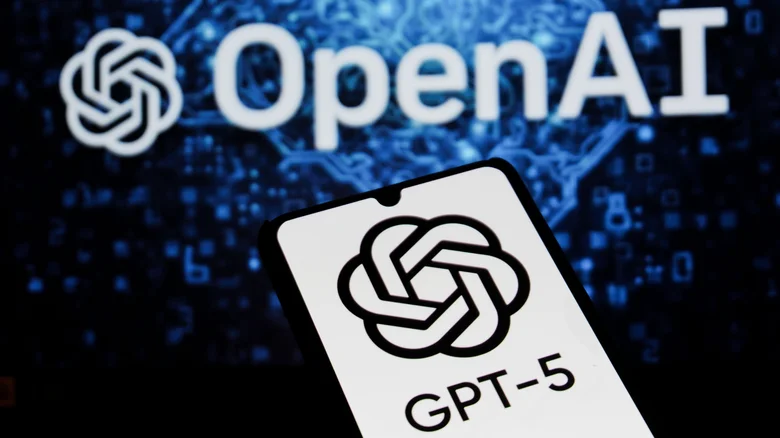
A key innovation is the model's ability to dynamically allocate its "thinking time" based on the task's complexity. For simple requests, GPT-5 Codex delivers quick, responsive answers. For more challenging problems, it dedicates more time to reasoning, iteration, and internal editing to arrive at a robust solution. In fact, internal tests at OpenAI have seen the model work autonomously for over seven continuous hours, where it iteratively refined code, resolved test failures, and successfully shipped valid implementations. When reviewing code, GPT-5 Codex demonstrates a superior ability to understand the intent of pull requests, trace dependencies, and flag critical issues with greater reliability than its predecessors.
OpenAI recommends using this purpose-built model within specific Codex environments to leverage its full potential as a dependable teammate for developers, helping to reduce workloads and catch issues earlier in the development cycle.
A Unified Development Experience Across Tools
GPT-5 Codex introduces significant upgrades that bridge the gap between your local and cloud development environments. These enhancements are designed to create a more seamless and context-aware workflow across the command-line interface (CLI), integrated development environment (IDE), and the cloud.
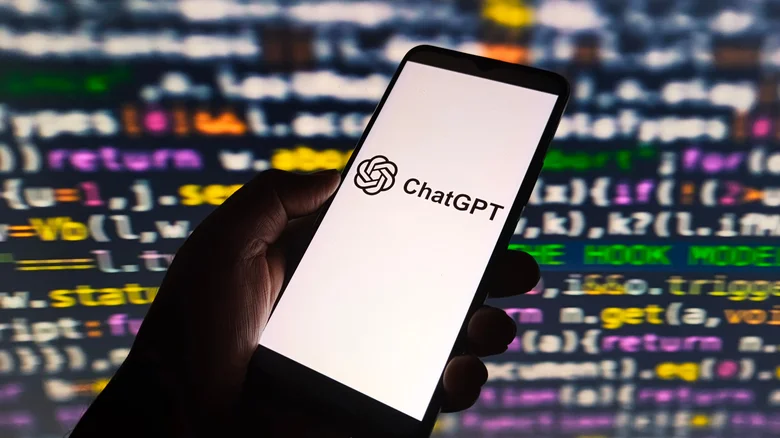
Key improvements include:
- Enhanced CLI: You can now attach images like screenshots and diagrams to maintain context during conversations about code. A built-in to-do list helps track progress, and better integration with external tools like web search is now available.
- Smarter IDE Integration: A new extension brings GPT-5 Codex directly into environments like VS Code. The extension is aware of your open files and current selections, allowing for shorter prompts and faster, more relevant results.
- Tightly Integrated Cloud: The Codex Cloud is now more deeply connected with GPT-5. You can delegate tasks without leaving your IDE or GitHub. OpenAI has also drastically cut infrastructure latency by 90% by caching containers, leading to faster task start times. Codex can now autonomously handle setup scripts, manage dependencies, and even generate screenshots of its progress.
Safety First Pricing and Key Takeaways
OpenAI continues to prioritize safety and responsible use in the evolution of Codex. By default, the model operates in a sandboxed environment without network access to mitigate risks from untrusted code or malicious prompts. For any potentially risky commands, the agent must request explicit permission from the developer. Users can also customize security policies, such as toggling network access or requiring approvals for certain actions. To ensure transparency, every task provides detailed logs, test outputs, and citations for human validation.
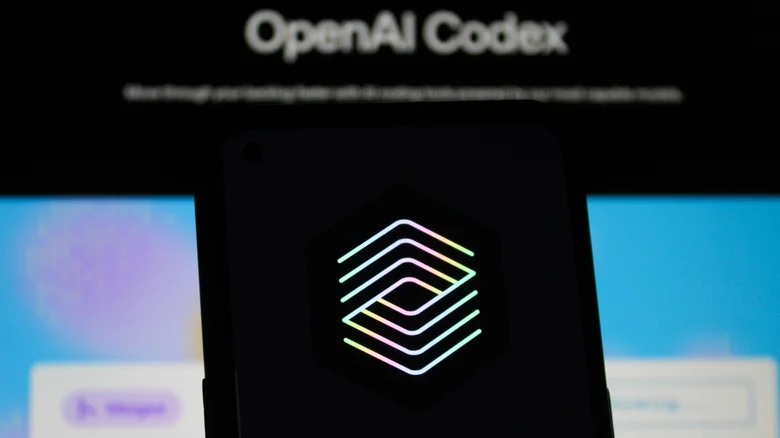
Regarding pricing, Codex is included with ChatGPT subscriptions like Plus, Pro, Business, and Enterprise, with usage limits depending on the tier. For programmatic access, the GPT-5 Codex model is available through the API at the same price as the standard GPT-5 model.
The core message for developers is that GPT-5 Codex is maturing into an indispensable collaborator. With its advanced reasoning, improved tooling, and robust safety features, it is positioned to significantly lighten the developer's workload and improve code quality by surfacing bugs earlier.
